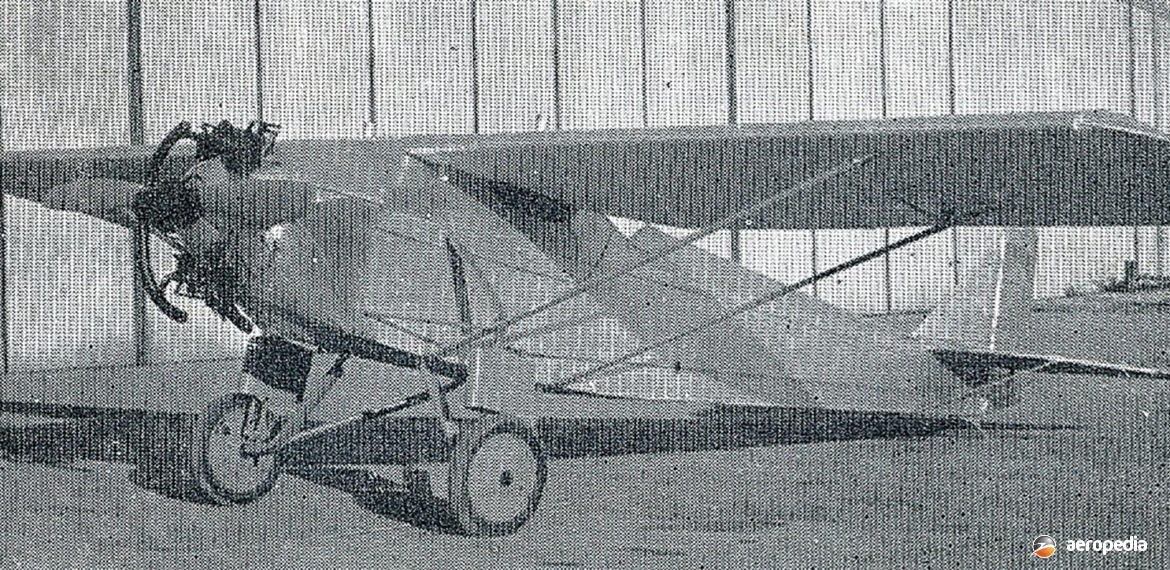Photograph:
The Wicko Lion as it appeared when first completed (via Brian Creer)
Country of origin:
Australia
Description:
Two seat light touring monoplane
Power Plant:
One 60 kw (80 hp) Anzani seven-cylinder air-cooled radial engine
Specifications:
History:
After construction of the Wikner Wicko, Geoffrey Neville Wikner (1904 – 1990) designed, and his company Australian Aircraft Co at Archerfield, QLD built, a high-wing monoplane powered by the same 45 kw (60 hp) Anzani radial engine that had been fitted to the earlier aircraft. The new aircraft, known as the Lion, was of timber construction with fabric covering, the wing fairing into the top of the fuselage. The pilot sat in an open cockpit behind the wing, the passenger being seated between the two spars with a lid over the cockpit with an oval window on each side.
The second aircraft Wikner designed and named, the Wicko Lion, made its first flight on 28 May 1933. Reports stated it was primarily intended for use as a solo machine but “it can be converted into a passenger carrying machine within a few moments. The Lion has attractive lines, is sturdily built, and incorporated several interesting features. Of particular interest is the engine-starting apparatus which can be operated with the ease of a self-starter on a car. This will certainly commend itself to the solo flier, for the engine can be started up in the cockpit with little more exertion than one uses to ring the average electric house bell.”
Shortly after Wikner entered the aircraft in a series of air-races held at Archerfield, QLD and, on 13 August 1933, after having flown for 12 hrs 30 mins, whilst practising and flying low near the aerodrome, engine problems caused a forced landing. An inspection revealed a piston had seized and the connecting rod had torn itself free and seriously damaged the engine. Subsequently, development of this aircraft was abandoned and work proceeded on re-designing the machine and fitting it with a Cirrus II engine from an Avro Avian, the wing being re-positioned to the underside of the fuselage, this being wire-braced through the undercarriage struts and fitted with streamlined wheel spats, becoming the Wicko Wizard.

